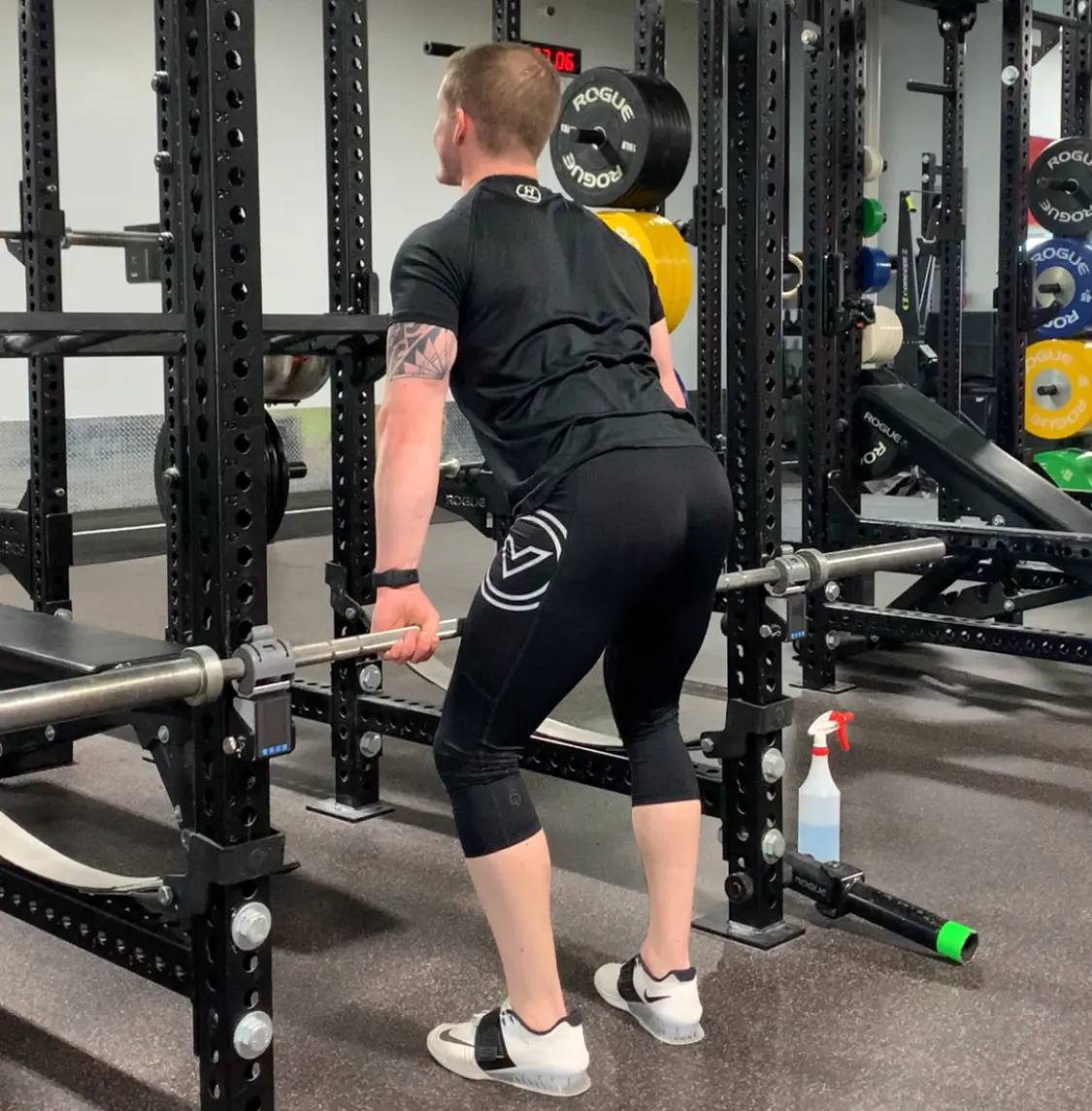A typical component of a physical therapy examination is the assessment of “muscle strength”, but what is strength? Typically, you’ll see strength defined as the ability to exert force on an external resistance. However, as with most things in life, it tends to be a little more complicated than that. It may be more accurate to say that strength is the ability to produce force in a specific context. For example, a powerlifter going for a 1RM squat is producing force in a different context than a CrossFitter performing a strict muscle-up. Why is this important?
If you’ve ever dealt with an injury that resulted in seeing a rehab professional you are likely familiar with Manual Muscle Testing (MMT). MMT is a graded scale that rates a muscle group’s ability to resist gravity or manual pressure from the physical therapist. It’s important to note that this type of assessment was originally developed to assess for neuromuscular deficits during the time of the polio outbreaks of the early 20th century. While MMT is relatively quick to implement and inexpensive to perform, it has its fair share of limitations. One of the main limitations is that it is highly subjective and may not pick up on deficits unless they are fairly large (remember it was originally developed to assess patients with polio).
MMT is basically a scale from 0-5, in which a 0 means “no ability to produce force,” and a 5 means “normal” or “maximal resistance.” However, there are a few big issues with this scale. The first big issue is that it is incredibly dependent upon the strength of the physical therapist. If you have a 125 lb physical therapist who doesn’t perform any regular strength training do an MMT test on a 200 lb powerlifter, they are very likely to grade that powerlifter as 5/5 or “maximally strong” on whatever MMT test they perform, even if there are substantial strength deficits present.
Another big issue is that this scale is not sensitive at all. This means that it really is unable to pick up anything other than relatively large strength deficits. In fact, there has been research showing that somebody can be given a 5/5 MMT grade (the “best/strongest” MMT grade), and still have a 50% strength loss! That is a HUGE amount of strength loss, and is a level of error that we are not satisfied with for our clients.
At Barbell PT & Performance, since we specialize in helping lifters, athletes, and active individuals, it is not uncommon for us to have to perform these strength assessments on pretty strong individuals. Therefore, it is our opinion that a more accurate and reliable way to assess someone’s muscle performance (ie. force production), is using an isometric dynamometer that utilizes a load cell to sense force. This method of assessment has been shown to be reliable and valid in comparison to the gold standard of an Isokinetic Dynamometer. We are fortunate enough to have access to a Force Hooks device (@forcehooks) which we can attach to a squat rack and have you push/pull against a strap or barbell attached to the unit(s). We know that you take your training/rehab seriously, which is why we have invested in the equipment to give us the best information possible to help inform our decision-making process and get you where you want to be.
Lastly, it is common to hear of someone having been told that they’re “weak” after being assessed via MMT. Now, if someone is dealing with knee pain, and it’s extremely painful to kick against someone pushing against your lower leg, does that mean that person’s quad is weak, or does it just mean that it’s too painful for them to tolerate? Especially in the field of rehab, someone’s inability to maximally exert force may not mean that a strength deficit is present. However, having the ability to accurately measure any discrepancies in force production not only allows us to better monitor progress, but also gives us the ability to prescribe isometric work at a certain intensity, to make sure that we are adequately stressing the area of injury.
Below are a few examples of different tests that we can do with our Force Hooks, which include both joint/muscle-specific tests, and movement-specific tests!
Long Lever Shoulder Extension
Half Kneeling Trunk Rotation
Isometric Squat
Isometric Mid Thigh Pull
If you are currently dealing with a pain or injury that’s limiting you in the gym, click the button below to schedule a free phone consult with our team to see if we can help you out!



